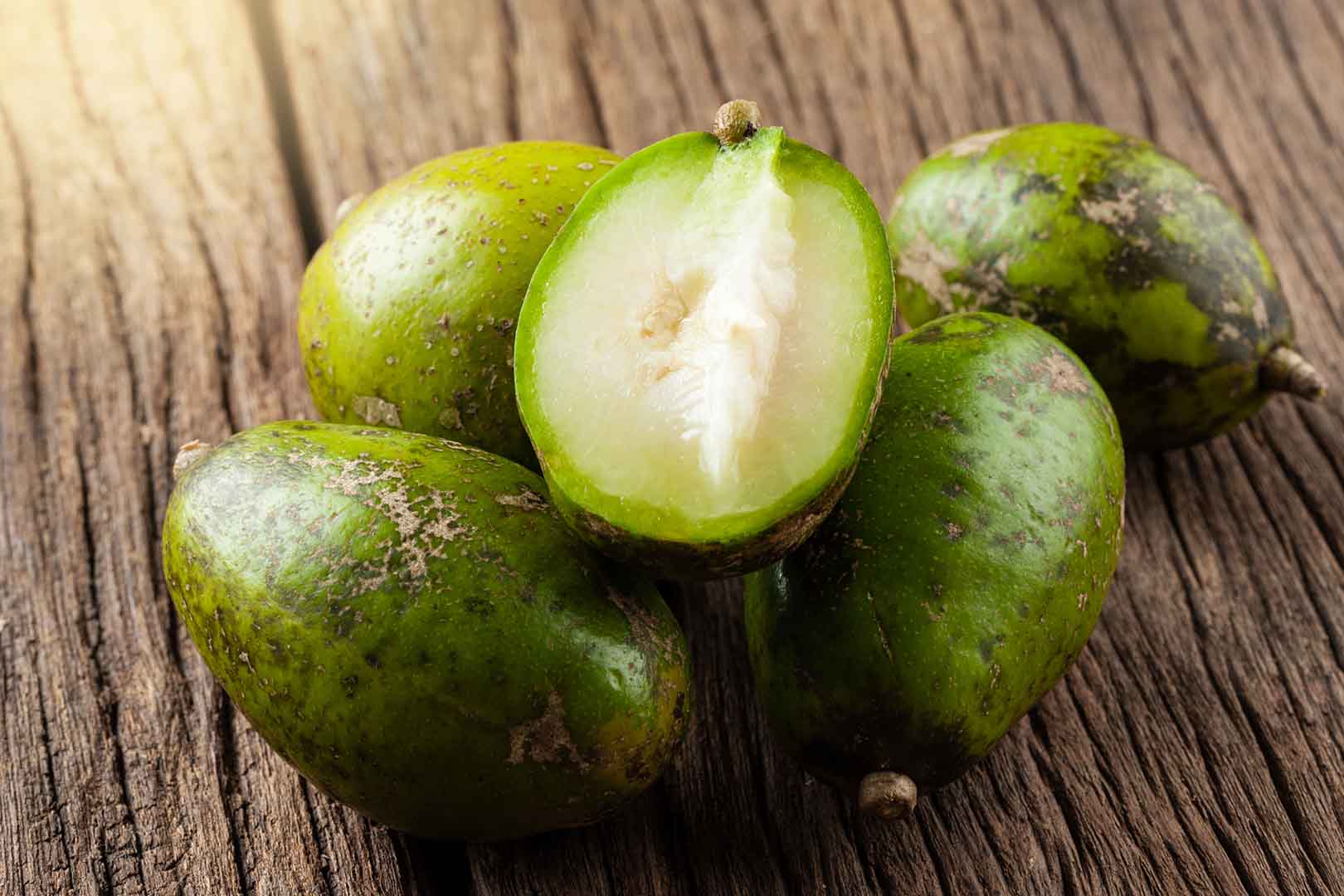
Ambarella fruit, also known as “kedondong” or “buah kedondong” in Indonesian, is a tropical fruit native to Southeast Asia. It belongs to the Anacardiaceae family and is scientifically known as Spondias dulcis. The fruit is oval-shaped, with a greenish-yellow skin and a juicy, tart flesh. It has a unique flavor profile, combining sweetness and sourness, making it a popular ingredient in Indonesian cuisine.
Cultural significance of Ambarella fruit in Indonesian
In Indonesian culture, Ambarella fruit holds a special place. It is not only cherished for its delicious taste, but it also symbolizes a sense of unity and togetherness. During festive occasions and family gatherings, it is often shared among loved ones as a way of strengthening bonds and celebrating the richness of Indonesian traditions.
Moreover, it is associated with good fortune and prosperity. It is believed to bring luck and abundance to those who consume it. In Indonesian folklore, it is said that planting an Ambarella tree in your backyard will bring blessings and ensure a fruitful life.
Traditional uses of Ambarella fruit in Indonesian cuisine
Ambarella fruit has been used in Indonesian cuisine for centuries, adding a distinctive tang to many dishes. One of the traditional uses of Ambarella fruit is in “rujak buah,” a popular Indonesian fruit salad. The tartness of the fruit complements the sweetness of other tropical fruits, creating a harmonious blend of flavors.
Another traditional dish that features Ambarella fruit is “gado-gado.” This Indonesian salad is made with a mix of vegetables and topped with a peanut sauce. The addition of Ambarella fruit adds a refreshing sourness to balance the richness of the sauce.
Ambarella fruit in Indonesian recipes
It is a versatile ingredient that can be used in various Indonesian recipes. One such recipe is “sambal kedondong,” a spicy condiment made with Ambarella fruit, chili, and other seasonings. This fiery relish adds a zing to grilled meats and rice dishes, elevating the overall flavor profile.
For a refreshing drink, you can try “es kedondong,” a traditional Indonesian beverage made with Ambarella fruit juice, ice, and a hint of sweetness. It is a perfect thirst quencher on hot summer days, offering a delightful balance of sweet and sour flavors.
Health benefits of Ambarella fruit
Beyond its culinary uses, it also offers several health benefits. It is rich in essential vitamins and minerals, including vitamin C, vitamin A, and potassium. These nutrients contribute to a strong immune system, healthy skin, and proper heart function.
Additionally, it is a good source of dietary fiber, which aids in digestion and promotes a healthy gut. The fruit’s natural antioxidants help protect the body against free radicals, reducing the risk of chronic diseases.
Where to find Ambarellafruit in Indonesian markets
It is widely available in Indonesian markets, especially during its peak season, which typically occurs from April to June. You can find vendors selling fresh Ambarella fruit in traditional markets (“pasar”) or fruit stalls along the streets. The fruit is often displayed in large baskets, enticing passersby with its vibrant color and enticing aroma.
If you cannot find fresh Ambarella fruit, you may also find canned or bottled Ambarella juice in supermarkets or specialty stores. These products offer a convenient way to enjoy the unique flavor of Ambarella fruit all year round. We also export ambarella fruit in bulk for 20′ or 40′ container.
Interesting facts about Ambarella fruit in Indonesian culture
In Indonesian culture, it is not only valued for its culinary uses but also for its medicinal properties. It is believed to have cooling properties that can help alleviate fever and reduce body heat. The fruit’s juice is often consumed during hot summer months to beat the heat and stay refreshed.
Furthermore, it is commonly used as a natural remedy for digestive issues. Its high fiber content aids in digestion and can help relieve constipation. Indonesians have long relied on Ambarella fruit to maintain a healthy digestive system.
Growing Ambarella fruit in Indonesian gardens
Ambarella fruit trees are a common sight in Indonesian gardens and orchards. The tree thrives in tropical climates, requiring ample sunlight and well-drained soil. It is relatively low-maintenance, making it suitable for home gardeners who want to cultivate their own Ambarella fruit.
When planting an Ambarella tree, it is essential to provide sufficient space for the tree to grow. The tree can reach up to 20 meters in height and requires regular pruning to maintain its shape and promote fruit production. With proper care and attention, you can enjoy a bountiful harvest of Ambarella fruit in your own backyard.
Ambarella fruit in Indonesian desserts and beverages
It is a delightful addition to Indonesian desserts and beverages. One popular dessert is “es kedondong cincau,” which combines Ambarella fruit juice with grass jelly, coconut milk, and sweet syrup. The result is a refreshing and creamy treat that is enjoyed by people of all ages.
Another traditional dessert featuring Ambarella fruit is “puding buah kedondong,” a jelly-like pudding made with Ambarella fruit puree, agar-agar, and condensed milk. This sweet and tangy dessert is often served chilled, offering a delightful contrast of flavors and textures.
Conclusion: Embracing the unique flavors of Ambarella fruit in Indonesian cuisine
Ambarella fruit, with its unique flavor and cultural significance, adds a distinct touch to Indonesian cuisine. From traditional dishes to refreshing beverages and delectable desserts, it offers a delightful blend of sweet and sour flavors. Whether enjoyed fresh or incorporated into recipes, this tropical fruit is a true culinary gem.
By exploring the cultural significance and culinary delights of Ambarella fruit, we can further appreciate the richness of Indonesian food culture. So, the next time you come across Ambarella fruit in Indonesian markets or on a menu, seize the opportunity to embrace its unique flavors and indulge in the culinary wonders it has to offer.
Discover the vibrant taste of Ambarella fruit in Indonesian dishes and beverages – try it today!






